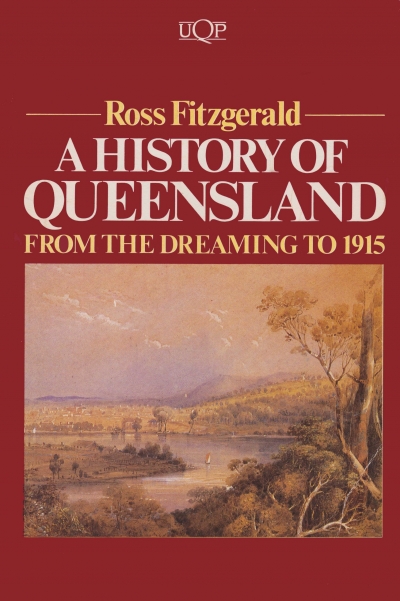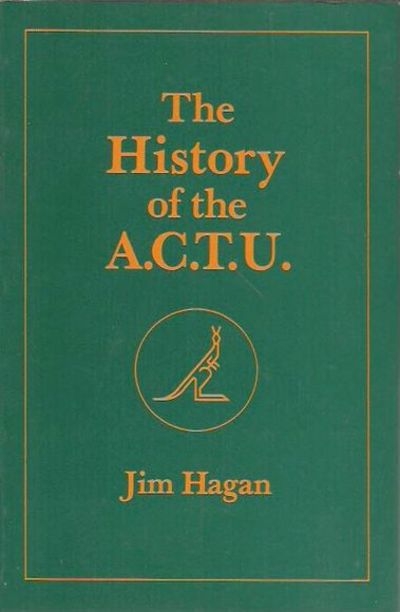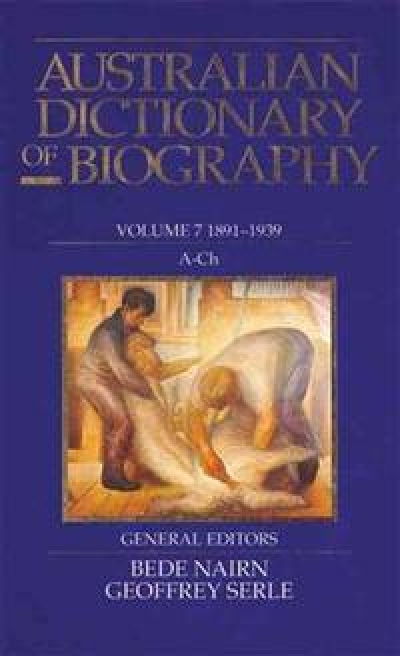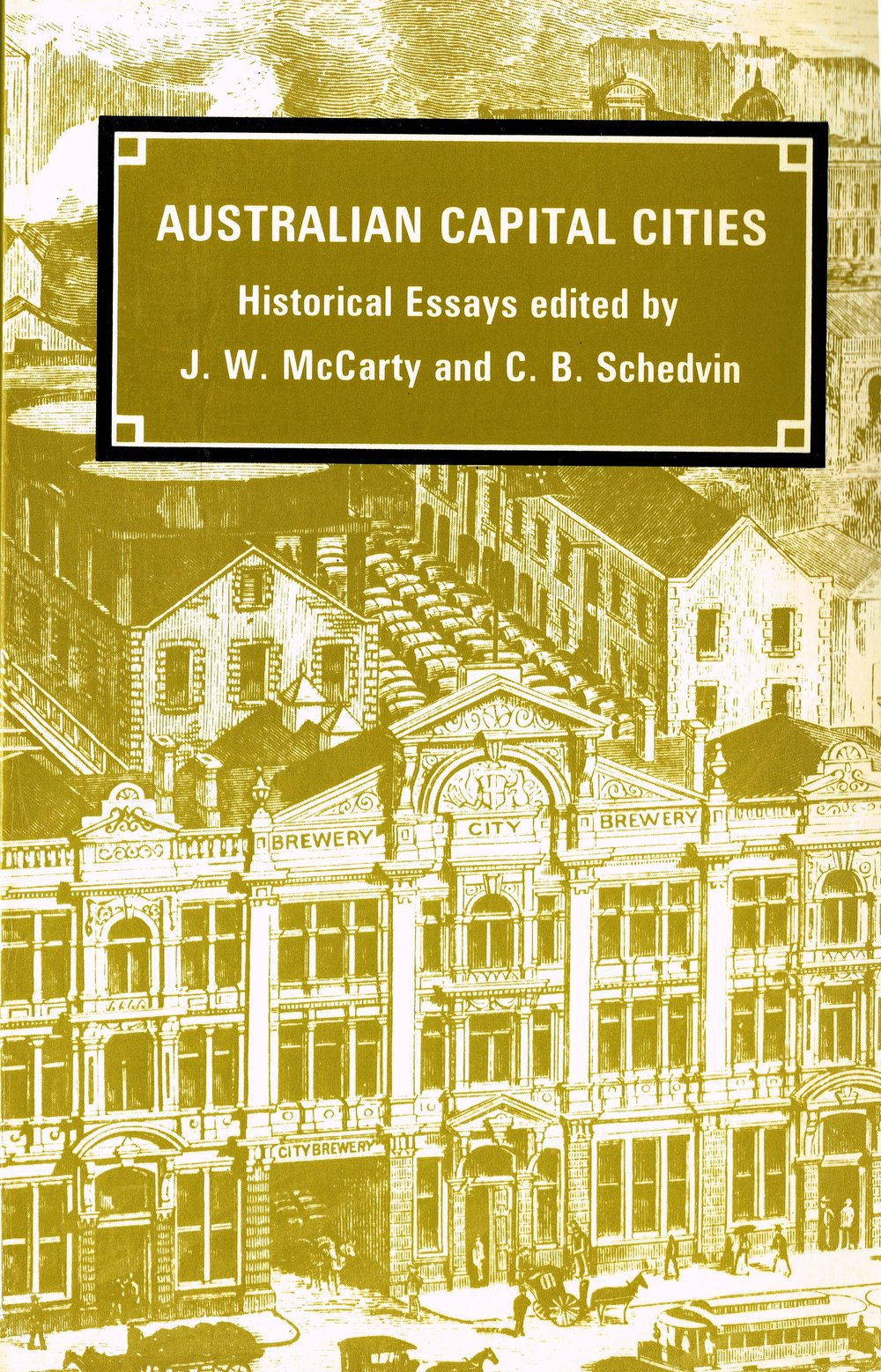Australian History
Beatrice and Sydney Webb are still alive, though failing. At least, that is the impression one gets from these five pamphlets, which mark the resurrection of the Victorian Fabian Society since 1980, after temporarily shaking off the mortal after coil.
... (read more)From the Dreaming to 1915: A history of Queensland by Ross Fitzgerald
by John Walker •
James Macarthur by John Manning Ward & Philip Gidley King by Jonathan King & John King
by Beverley Kingston •
Whirlwinds in the Plain by Elsie M. Webster & The Mystery of Ludwig Leichhardt by Gordon Connell
by Gordon Kidd •
The Australian Dictionary of Biography Vol 7 1891–1939, A–Ch edited by Bede Nairn and Geoffrey Serle
by Don Watson •
Australian Capital Cities: Historical Essays edited by J.W. McCarty and C.B. Shedvin
by John Lack •









